Higher classification Microcystaceae | Kingdom Eubacteria Scientific name Microcystis Rank Genus | |
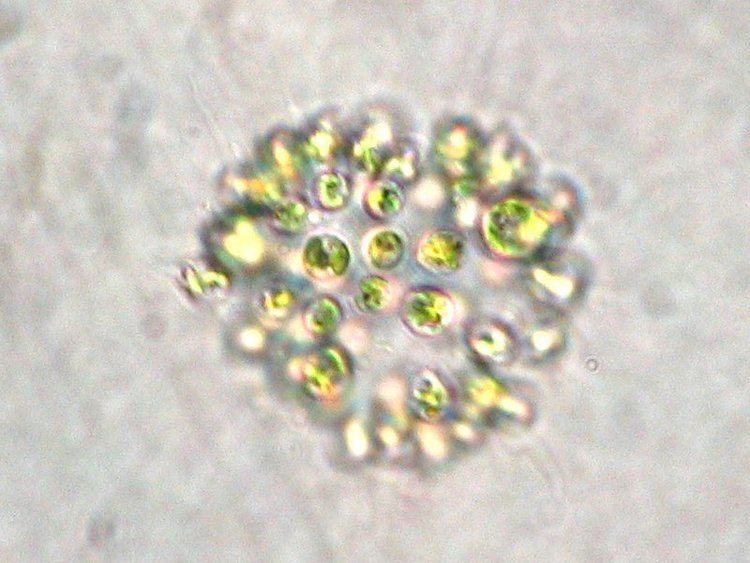 | ||
Similar Microcystis aeruginosa, Blue‑green bacteria, Anabaena, Oscillatoria, Aphanizomenon | ||
Microcystis images
Microcystis is a genus of freshwater Cyanobacteria which includes the harmful algal bloom Microcystis aeruginosa. The cyanobacteria can produce neurotoxins and hepatotoxins, such as microcystin and cyanopeptolin.
Contents
- Microcystis images
- Lake erie microcystis
- Etymology
- Physical characteristics
- Ecology
- Health risks
- Species
- References
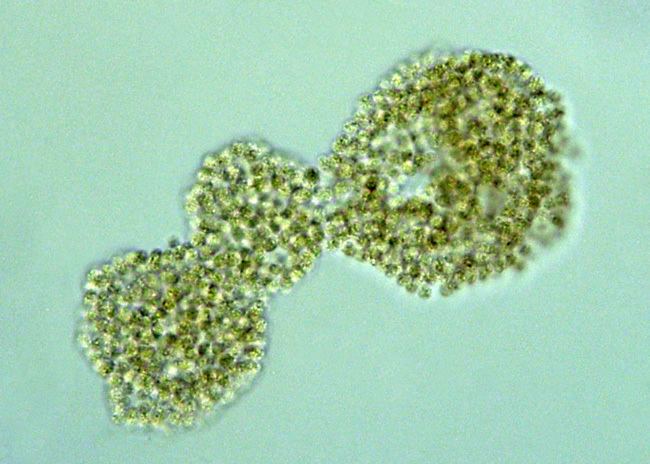
Lake erie microcystis
Etymology
The genus Microcystis derives from the Greek mikros ("small") + kystis ("bladder")
Physical characteristics
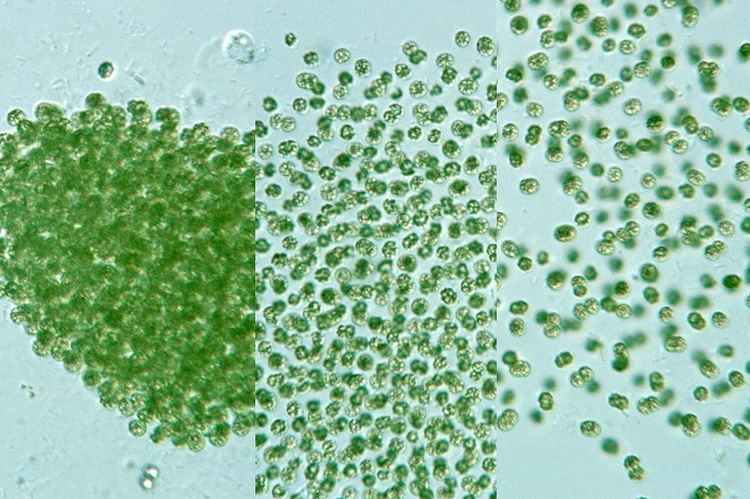
As the etymological derivation implies, Microcystis is characterized by small cells (a few micrometers in diameter), possessing gas filled vesicles (also lacking individual sheaths). The cells are usually organized into colonies (macroscopic aggregations of which are visible with the naked eye) that begin in a spherical shape, losing coherence to become perforated or irregularly shaped over time. These colonies are bound by a thick mucilage composed of complex polysaccharide compounds, including xylose, mannose, glucose, fucose, galactose, rhamnose, among other compounds.
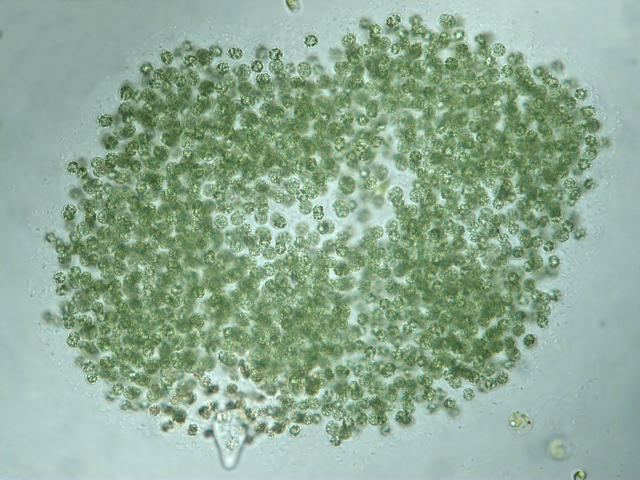
The coloration of the protoplast is a light blue-green, appearing dark or brown due to optical effects of gas-filled vesicles; this can be useful as a distinguishing characteristic when using light microscopy.
Ecology
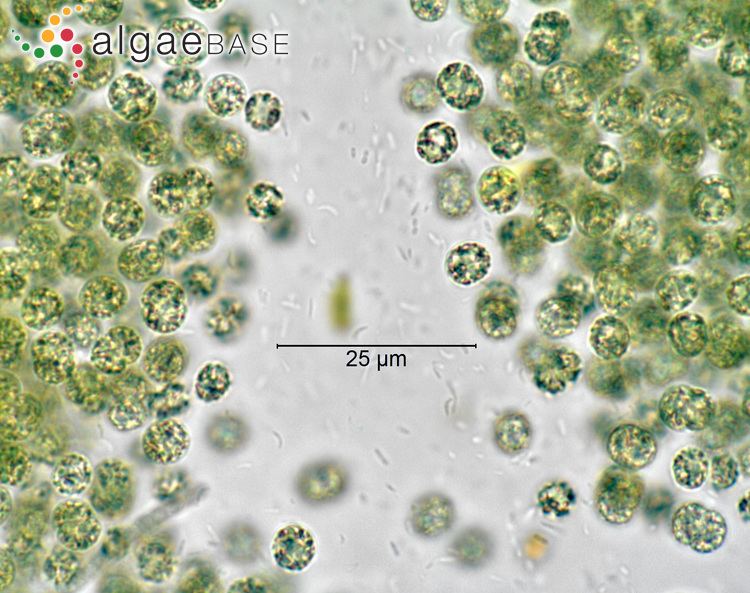
Microcystis is capable of producing large surface blooms through a combination of rapid division and buoyancy regulation by production of gas-filled vesicles. Their ability to regulate buoyancy is key to their dominance of eutrophic waters, by optimally positioning themselves within the photic zone in a stable water column.
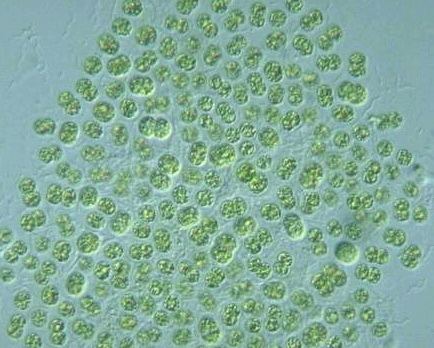
Because they can form large surface blooms, they are capable of out-competing other phytoplankton by essentially monopolizing light in the photic zone.
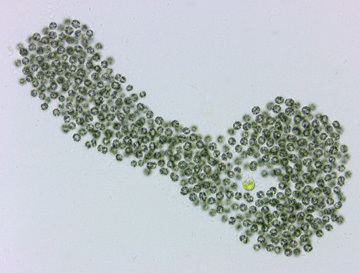
Microcystis is capable of strong uptake of phosphate and nitrogen; they are believed to strongly influence nitrogen to phosphorus ratios ("N:P ratio").
In South Africa, Hartebeestpoort Dam is highly impacted by Microcystis because of elevated phosphate and nitrate levels flowing from the sewers of Johannesburg, one of the few cities in the world that straddles a continental watershed divide and therefore lies upstream of major dams and rivers .
Health risks
Cyanobacteria can produce neurotoxins and hepatotoxins, such as microcystin and cyanopeptolin. Microcystis aeruginosa is a harmful algal bloom and can contaminate drinking water with microcystin.
Species
Among Microcystis species are the following:
